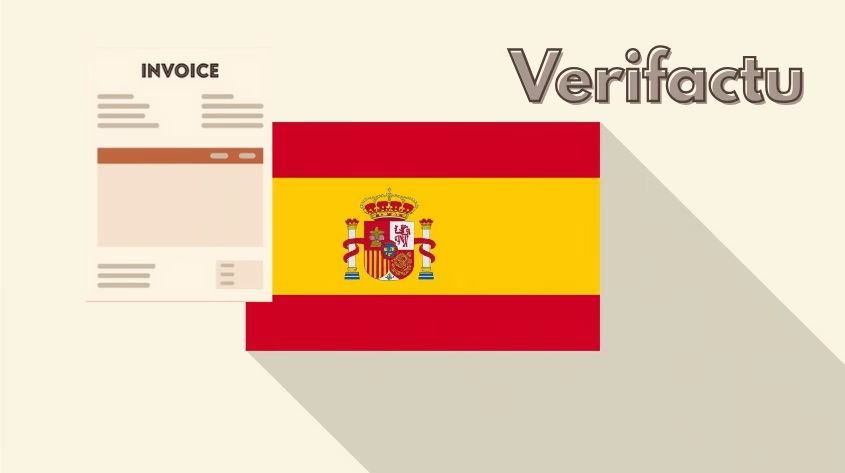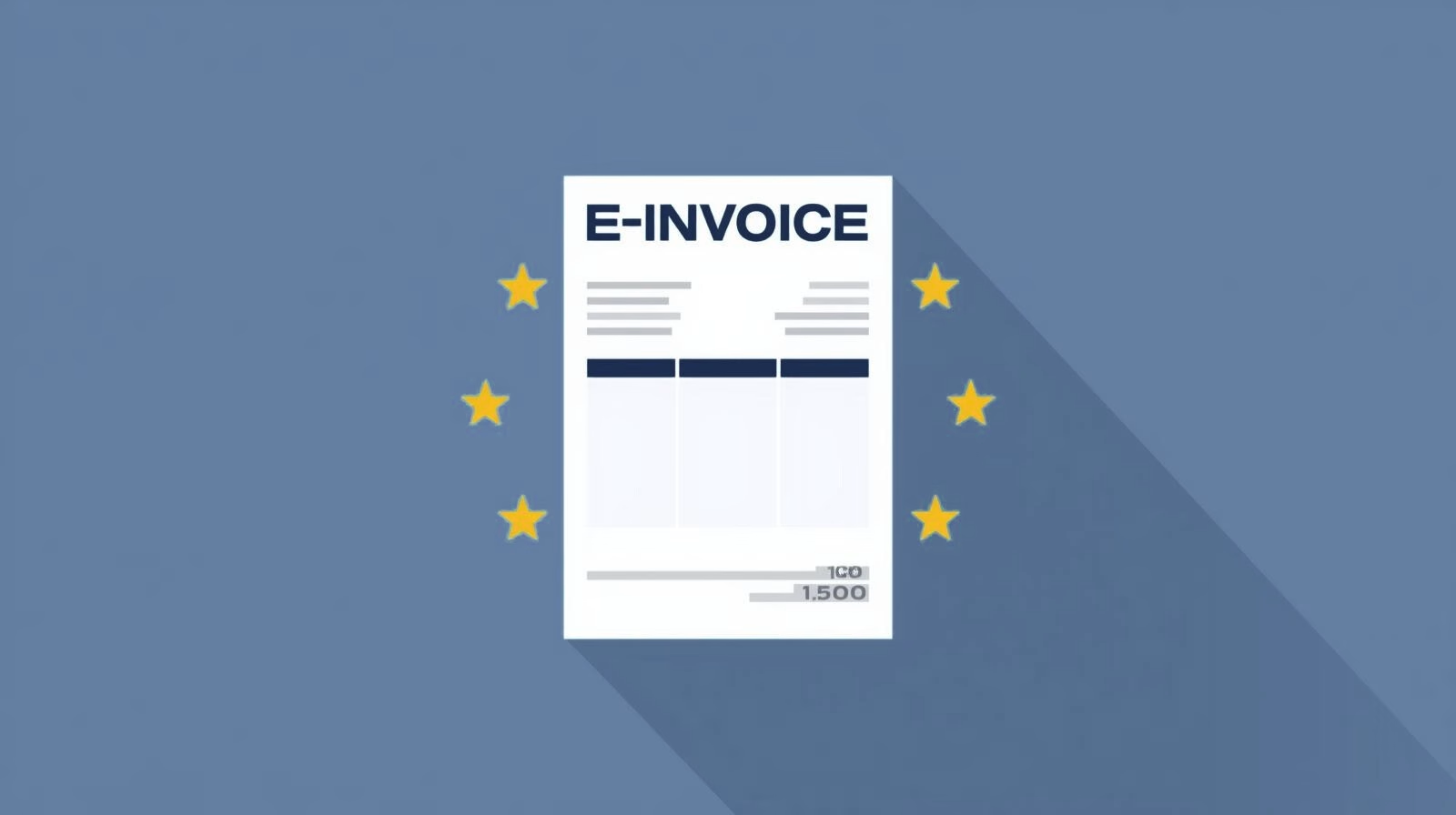The value of an asset in the accountingwhich is calculated as the historical cost of the asset less accumulated amortisation.
If the asset has been revalued up or down, the cumulative appreciation or depreciation is also recognised. Depreciation taken into account when calculating the net carrying amount.

The net carrying amount is therefore based on the original Acquisition or production costs less the Accumulated amortisation. The Net book value - also Net carrying amount corresponds to the remaining value after this amortisation.
Relevance in accounting
- The sale of assets may result in proceeds of above the carrying amount The resulting book profit must be recognised accordingly.
- With the departure of Securities in current assets the carrying amount is used to determine a book profit.
- Principle: Assets may be recognised at a maximum of their acquisition or Production costs be evaluated. Write-ups above the original value are not permitted (in current assets) - in accordance with the strict lower of cost or market principle.
Carrying amount in the context of non-current assets
- Fixed assets are recognised in wearable and non-depreciable assets.
- For depreciable fixed assets, the carrying amount is recognised over the Scheduled amortisation reduced.
- On Amortisation schedule shows the amortisation per year and the respective residual carrying amount.
- The residual carrying amount is calculated as follows Acquisition cost - accumulated amortisation.
Net book value in SAP Business One
- in the Asset master record the residual carrying amount is recognised as "Memory value" designated.
- It can be a Percentage residual value defined or the amount
- The memo value serves to symbolically recognise the item, even if it has already been fully depreciated in economic terms.
Amortisation methods
- Various methods of depreciation and amortisation (e.g. straight-line, declining-balance) determine the amortisation period. Impairment dynamics and thus the development of the residual carrying amount.
Summary:
The book value - in particular the residual book value - represents the amortised value of an asset. In SAP Business One, this value is managed and documented by the system and taken into account as the basis for analyses and for disposals or sales. The residual carrying amount is an essential component of a transparent asset accounting.
Versino Financial Suite
the Versino Financial Suite makes the net book value as transparent and audit-proof as possible in conjunction with SAP Business One - from initial capitalisation to ongoing impairment and derecognition. For the finance department, controlling and external auditors, the value can be analysed seamlessly, on a daily basis and in compliance with GoBD, and automatically integrated into all relevant annual reports and posting exports.

Verifactu in Spain: the new invoicing obligation

The e-invoicing regulations in Europe

Versino Financial Suite V09.2025 for SAP Business One

Accounting outsourcing: Why it pays off for SMEs

CANDIS for SAP Business One

Convert SAP Business One to camt.053 now
Categories:
Finance, SAP Business One
Tags:
Bookkeeping, accounting, financial accounting, bookkeeping